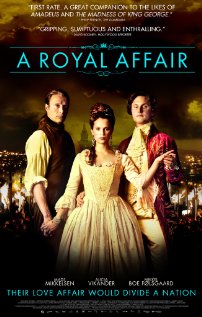 AFI Fest 2012 presented by Audi wrapped up today with the gala screening of “Lincoln” by Steven Spielberg and encore showings of some of the winning films. The program included 140 films (84 features, 56 shorts) from 3,400 submissions across 28 countries, with France, UK and Germany topping the international selections.
AFI Fest 2012 presented by Audi wrapped up today with the gala screening of “Lincoln” by Steven Spielberg and encore showings of some of the winning films. The program included 140 films (84 features, 56 shorts) from 3,400 submissions across 28 countries, with France, UK and Germany topping the international selections.
“Our desire is to have these films reach an even wider audience after these eight festival days, and that our jury and audience awards contribute to building an audience for these films,” said festival director Jacqueline Lyanga at the awards brunch.
The event was held in the Blossom Room of the Roosevelt Hotel, which was the venue for the first Academy Awards presentation on May 16, 1929.
AUDIENCE AWARDS
World Cinema: “A Royal Affair,” by Nikolaj Arcel, Denmark/Sweden/Czech Republic/Germany.
New Auteurs: “A Hijacking,” by Tobias Lindholm, Denmark.
Young Americans: “Only the Young,” by Jason Tippet, Elizabeth Mims, US.
Breakthrough: “Nairobi Half Life,” by David Tosh Gitonga, Kenya/Germany.
GRAND JURY AWARDS, NEW AUTEURS
Grand Jury Award: “Eat Sleep Die,” by Gabriela Pichler, Sweden.
Special Mention for Performance: Mati Diop for her contribution to “Simon Killer” as both an actress and screenwriter. (“Simon Killer,” by Antonio Campos, US.)
Special Mention: “Here and There,” by Antonio Mendez Esparza, for its honest depiction of lives that are otherwise often invisible in our society. Mexico/Spain/US.
You can see the full list of winners here.






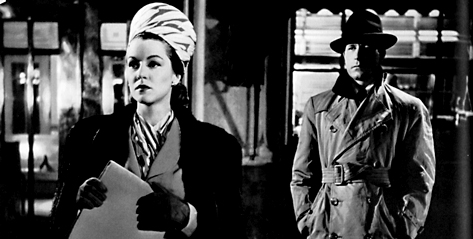
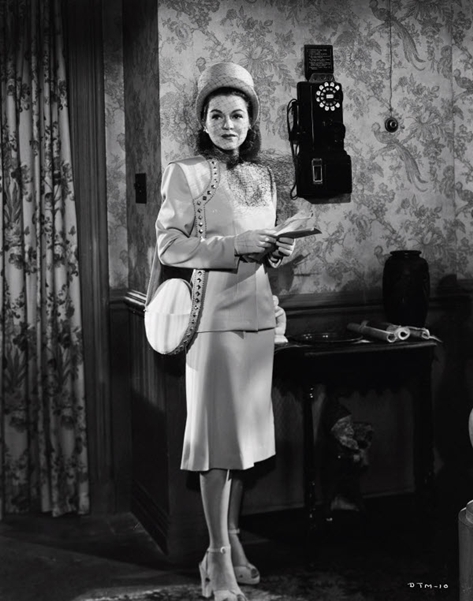
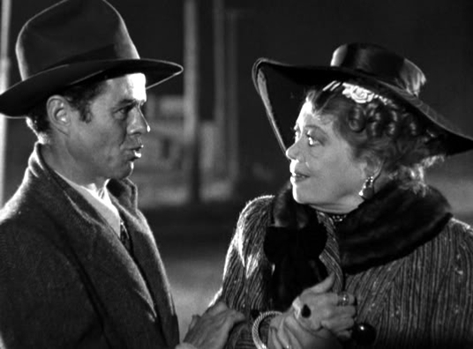
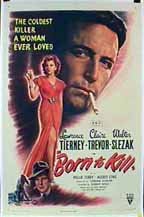
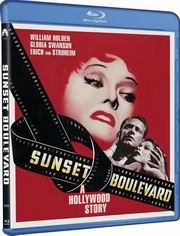
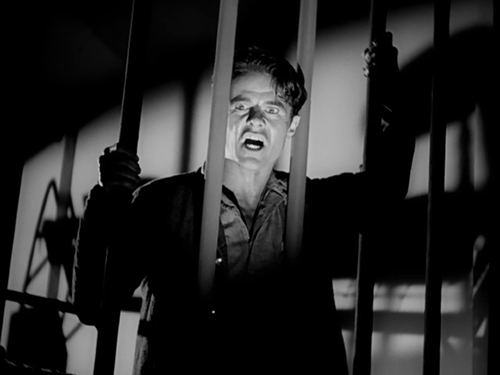
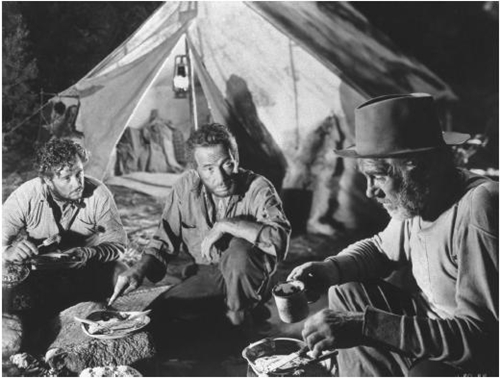



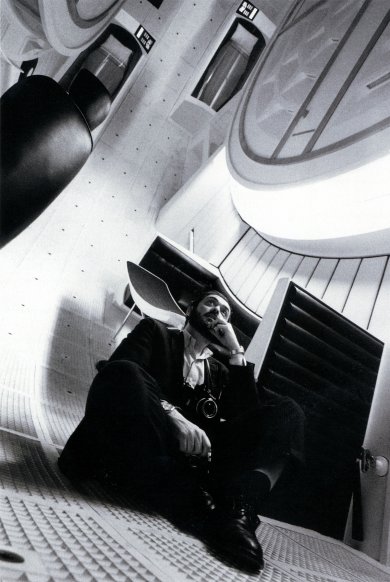
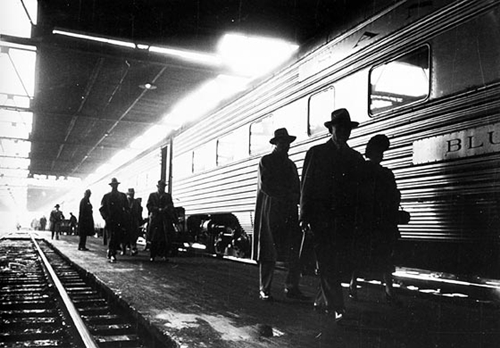
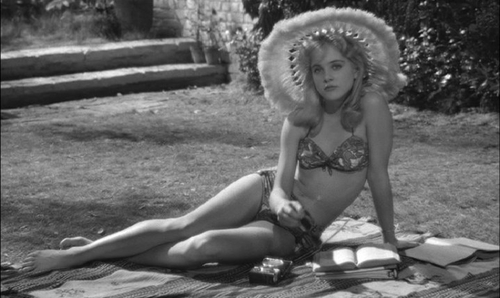
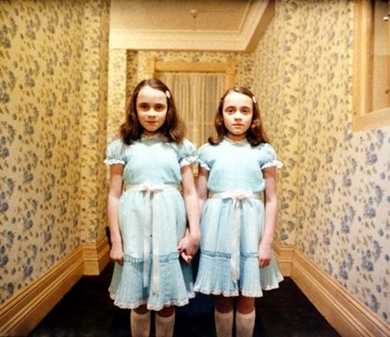
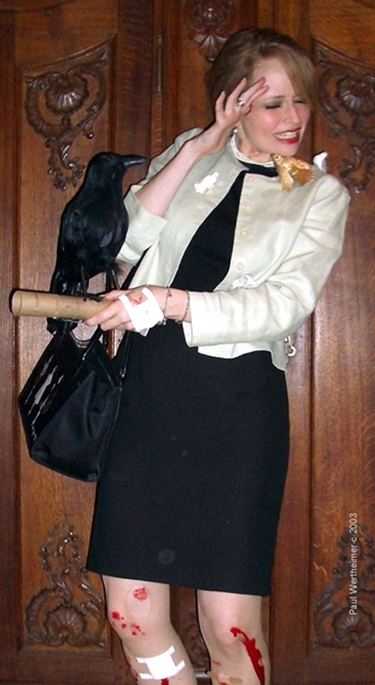

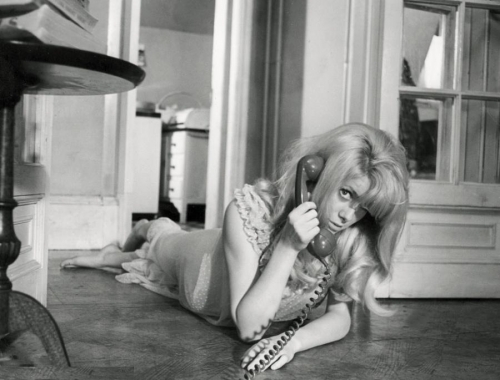
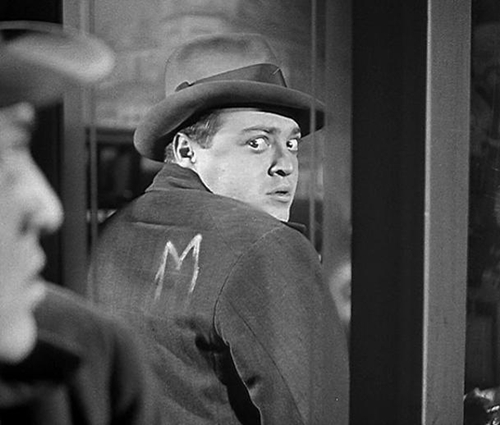
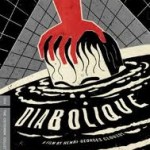
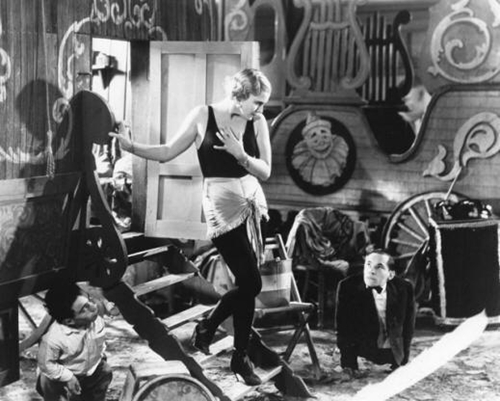





From FNB readers